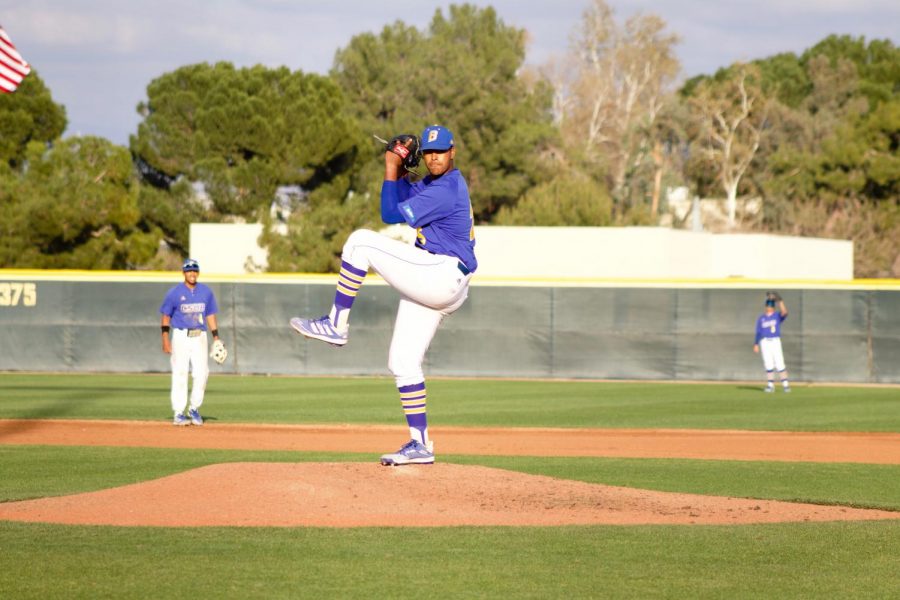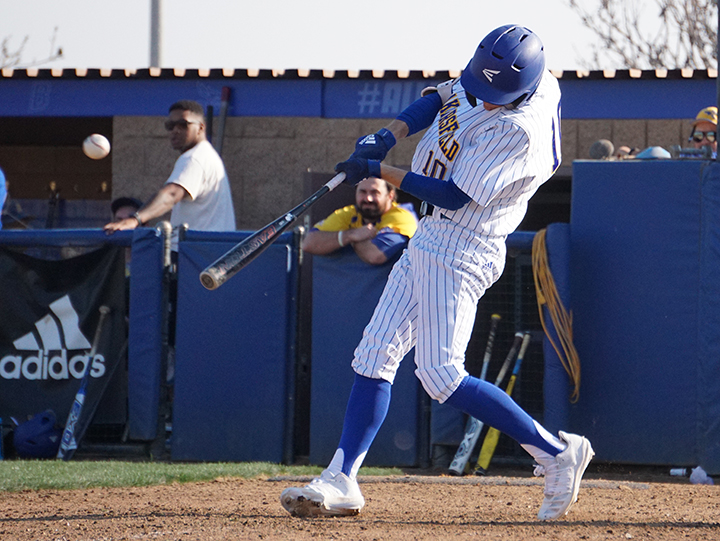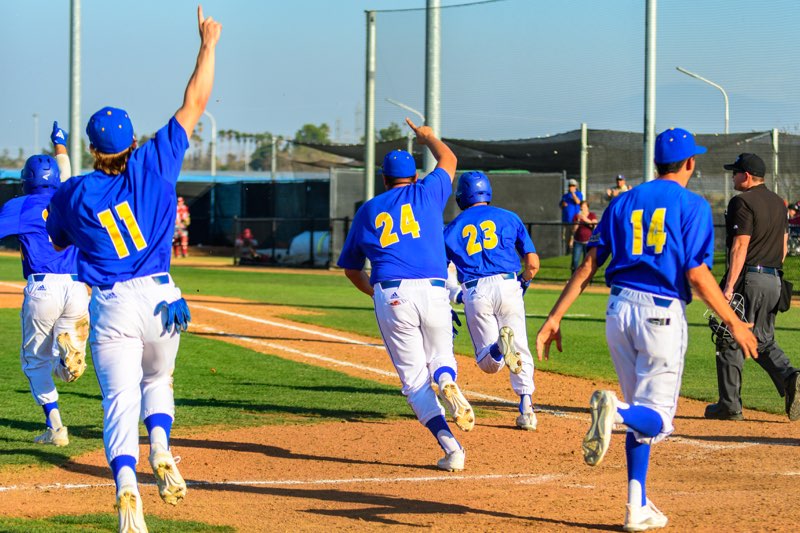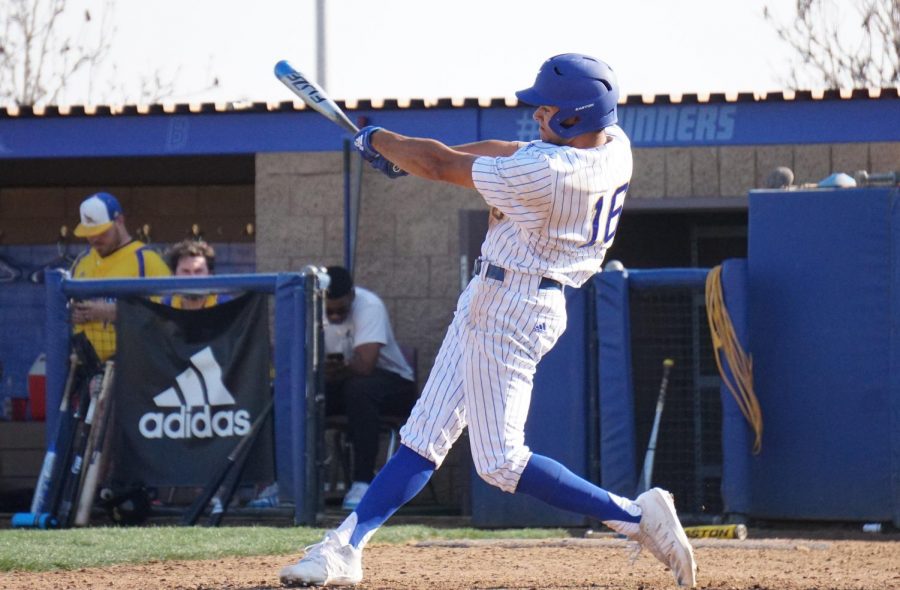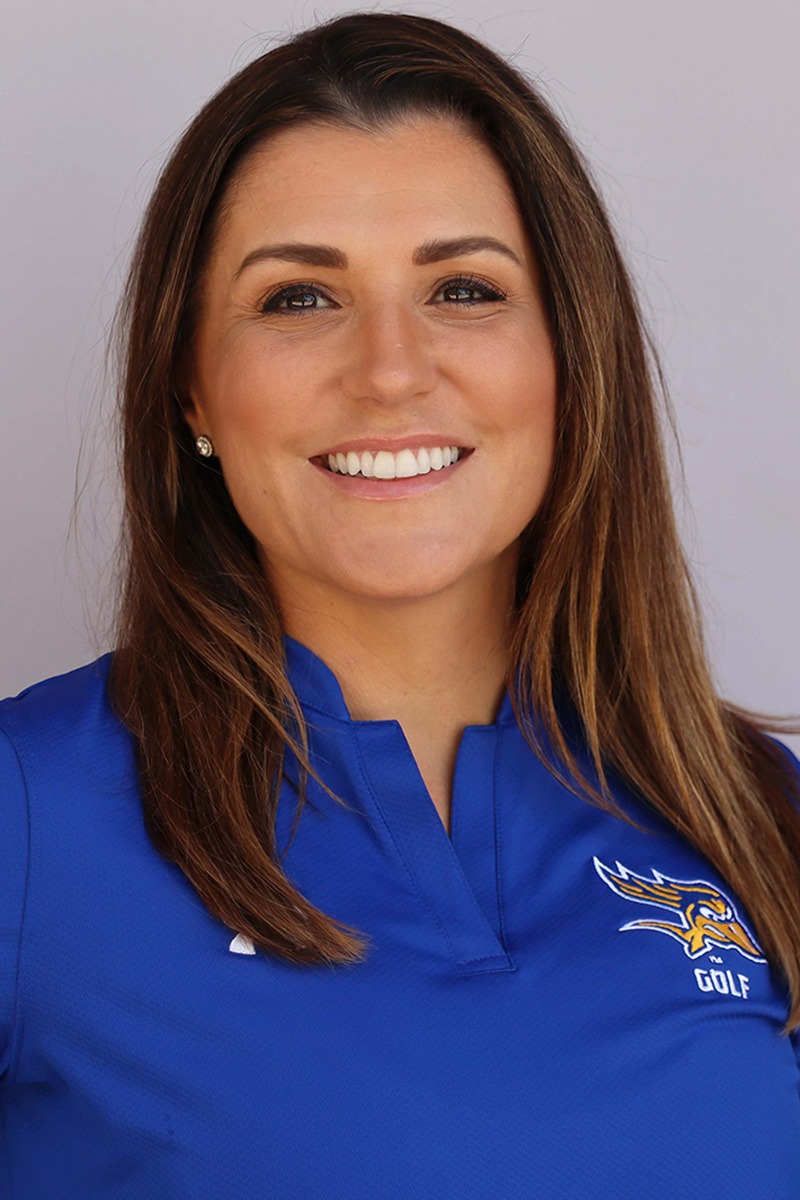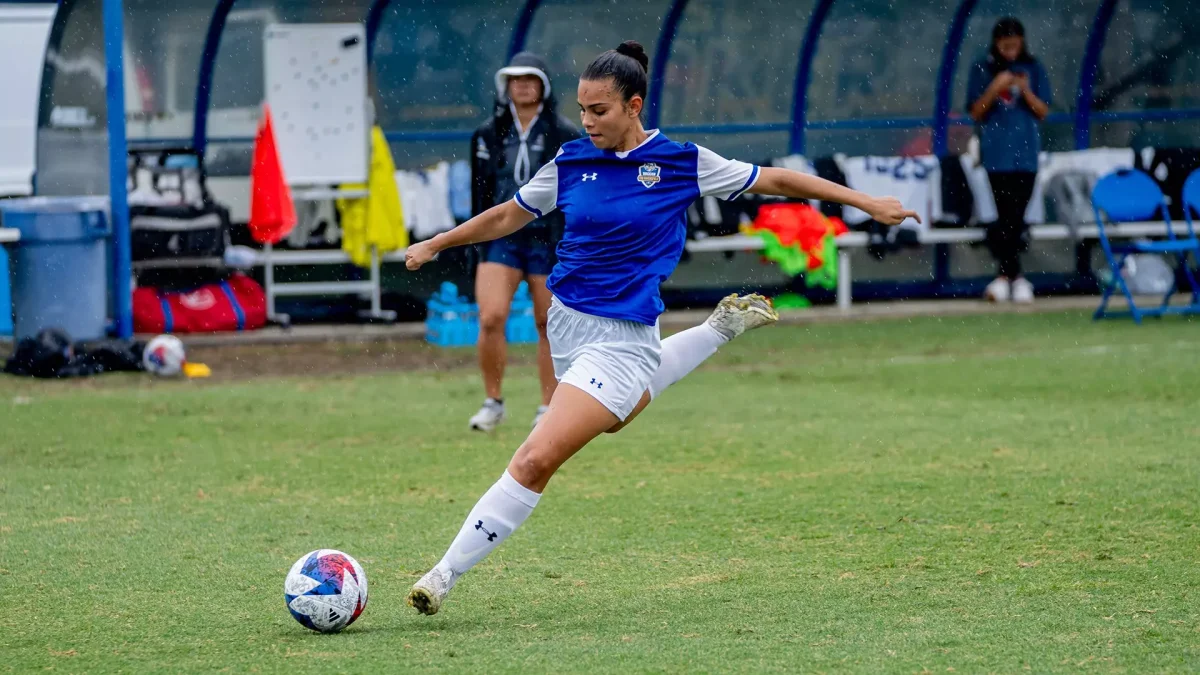Senior Columnist
Looking at the pitch counts for CSU Bakersfield’s starting pitching staff for the past few years upset me as a fan of the game.
My immediate thought was that promising, young talent was being used to exhaustion before they could monetarily capitalize on their skill.
To me, allowing a pitcher to stay on the mound for an excessive amount of pitches is a gamble with little to no downside to anyone but the player. The coach won’t have to sit out a year to get surgery and rehabilitate his arm while his peers gain as much time in experience he’s missing. I spoke with Dr. Christopher Hamilton and Dr. Todd Shapiro, orthopedic surgeons with a combined 30 years of experience in dealing with sports injuries. The problem, I learned, was two-pronged.

Senior Columnist
“Overpitching and poor form,” Shapiro said. “Those are the two major things.”
“By and large, the elbow injuries are overuse injuries, and many have to do with poor mechanics,” Hamilton agreed.
Shapiro mentioned even a wrong shift in balance as a deviation from mechanics could trigger an injury.
Among CSUB’s three top starters, James Barragan, Hayden Carter and Nick Rogowski, I found 30 instances in which they threw over 100 pitches.
“One hundred is not a magic number, but it’s a reasonable number in terms of looking at it because it’s convention,” Shapiro said.
It’s a widely held belief that 100 is just a number, which mathematically, is true. However, in baseball terms, it’s a threshold. One hundred is not a limit or a wall, but rather a checkpoint.
I understand that guys who can throw more, will throw as much as they can. They’re athletes, it’s not in them to stop short of their abilities just to uphold a convention. But to allow the player so close to a higher risk of injury is irresponsible.
To say that just because there exists a means of fixing the problem, doesn’t mean we should risk it. According to Hamilton, this is one of the more common misconceptions concerning the process.
“The common feeling is that you’ll come back bigger and stronger and that’s not true,” Hamilton said. “I’ve heard some people say ‘go ahead and blow your elbow then get it fixed and you’ll come back stronger,’ and that’s just not true.”
In a 2013 Baseball Prospectus article called “Baseball Therapy: Prioritizing the Pitcher’s Health,” Russell A. Carleton examined every pitcher injury in the 10-year period from 2003-2012 in regards to how many pitches were thrown.
Carleton found that throwing 100 pitches in a start added a 6.59 percent risk to future injury. Passing 130 adds 10.19 percent. It’s understood that pitchers will get injured. Going past 120 will enter what Carleton refers to as a “danger zone.”
More frustrating than watching this happen and not being able to do anything about it is the unconditional positive regard doled out by CSUB’s media. In an awkward Twitter conversation, Assistant Athletic Director for Communications Corey Costelloe stated, “…the word ‘tired’ doesn’t exist when you’re playing for a championship.”
He added that just because Hayden Carter wasn’t poised to get drafted this year, pitching on two days rest was rational. So because you see no future earning potential for him, it’s okay to risk a future he might still pursue?
An attempt to get a quote from current coach Bill Kernen was made, but due to the team’s recent success, that was difficult. Subsequently, I could not get in touch with him or any other CSUB coach.
Pitch counts are not the only problem facing college pitchers. But it’s a variable coaches can control, if they’re willing.



